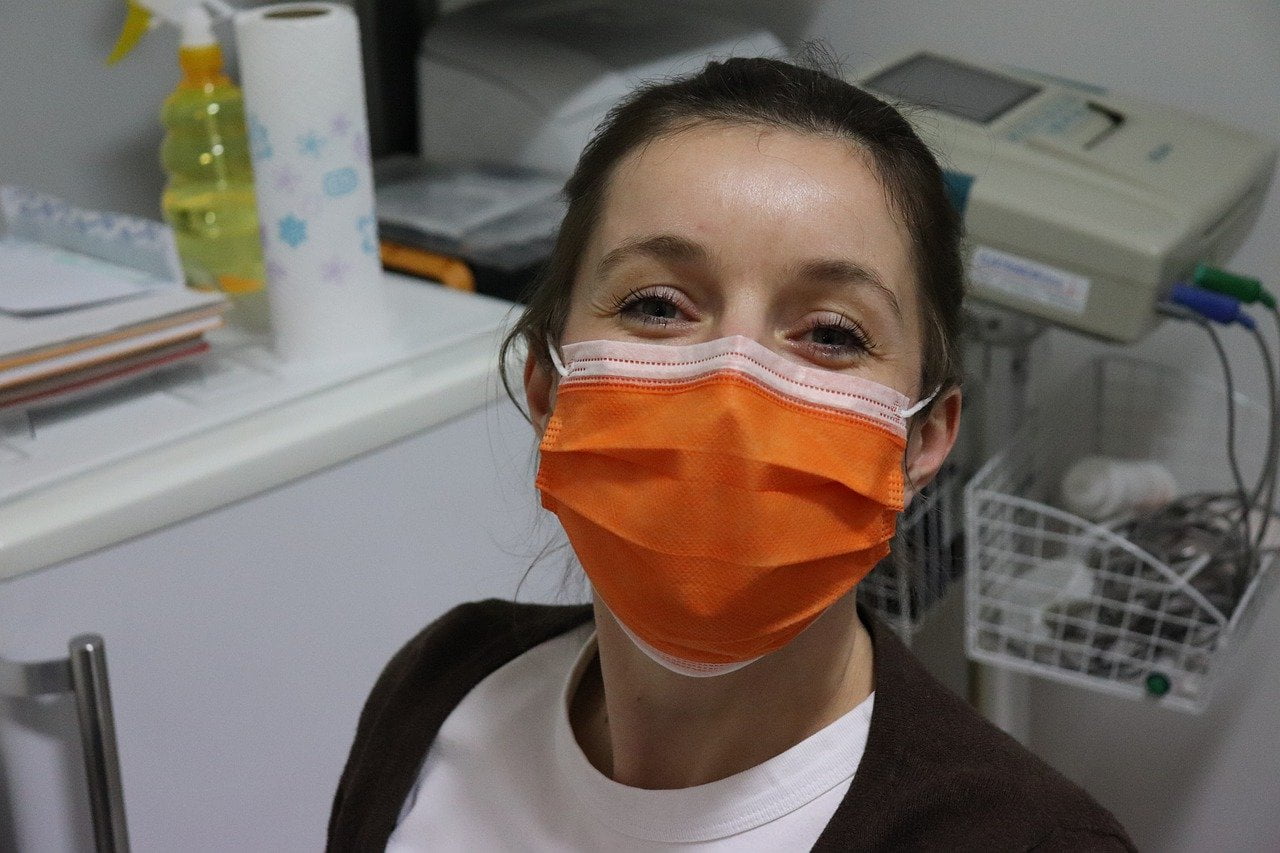After suffering a major hit in March and April, our economy enjoyed a substantial revival in May and June as businesses reopened and millions of Americans returned to work. Providing a very tangible measure of this rebound, the Bureau of Labor Statistics (bls.gov) reported that after peaking at 14.7% in April, our nation’s unemployment rate fell to 13.3% in May, and to just 11.1% in June. By this measure, our economy was surely well on the way to a full recovery.
Q2 2020 hedge fund letters, conferences and more
Our Economy Is Not Headed Towards A Full Recovery
This impressive turn-around could be attributed almost entirely to two huge developments.
First, there were the trillions of dollars the federal government and the Federal Reserve pumped into our economy. Most important was the massive subsidy to supplement unemployment insurance benefits and also the tens of millions of checks sent to relatively lower-income Americans.
By placing this floor under consumer spending, the federal government prevented a very bad recession from turning into a full-blown depression. Even more importantly, this massive government aid package spared tens of millions of Americans from economic disaster.
President Trump was also credited for demanding that businesses reopen despite warnings that this would lead to a resurgence of the coronavirus, which had appeared to having been brought under control. Ignoring the advice of Dr. Anthony Fauci and other leading epidemiologists, the president plowed ahead, reasoning that our economic gains would far outweigh any uptick in the number of cases.
Predictably, there was a resurgence of the virus in late spring and early summer, especially in the South and West. Indeed, by late July, many governors had reversed the economic reopening process in their states.
On the morning of Thursday, July 30th, the Bureau of Economic Analysis (bea.gov) reported its initial estimate that in the April-June quarter our economy’s output of goods and services declined at an annual rate of 32.9%. No, that’s not a misprint!
Let’s talk about this measure, which is our nation’s Gross Domestic Product (GDP), stated in constant prices. A 33% fall is not nearly as disastrous as it might appear, but it is still extremely bad.
It does not mean that our nation’s output actually fell by one-third in the second quarter. It does mean that if our output were to fall at that rate for the entire year, then our GDP in 2020 would be 33 percent lower than it was in 2019.
It’s highly unlikely that our GDP decline will be nearly that bad this year, since GDP fell at annual rate of just 5% in the January-March quarter.
The Nation's Output Of Goods Continues To Falling
But we do need to understand that even if our unemployment rate were to decline again in July, that will not be much help if our nation’s output of goods and services continues to fall so precipitously.
On Friday, August 7th, the BLS will report the July unemployment rate. If it falls even slightly, President Trump will surely hail that as further evidence that his economic policies are still working. And if it rises, then Congressional Democrats will say the exact opposite.
So, as important as our unemployment rate is, our GDP is a much better measure of our economic performance. A 33% annual rate of decline is not good news. In means that not only is our economy not yet in recovery, but it may not be for some time to come.
If and when Congress passes another massive stimulus bill, it will still not be nearly large enough to reverse our economic decline. So, what we may all want to start thinking about is when we can begin calling the current economic downturn a full-blown depression.






